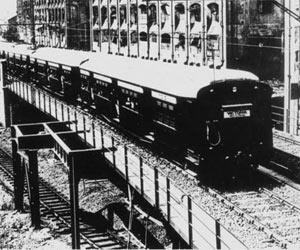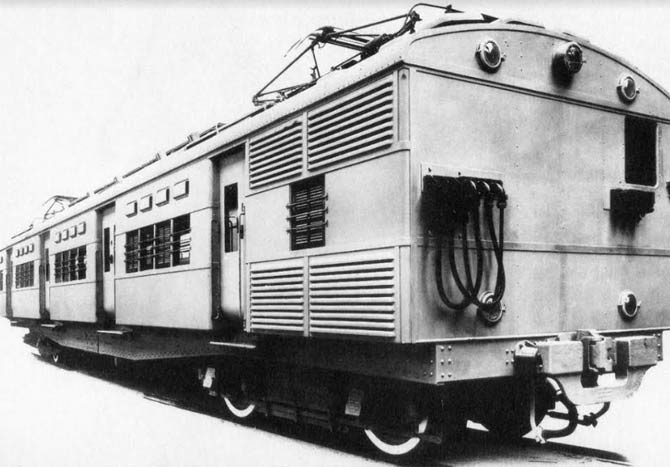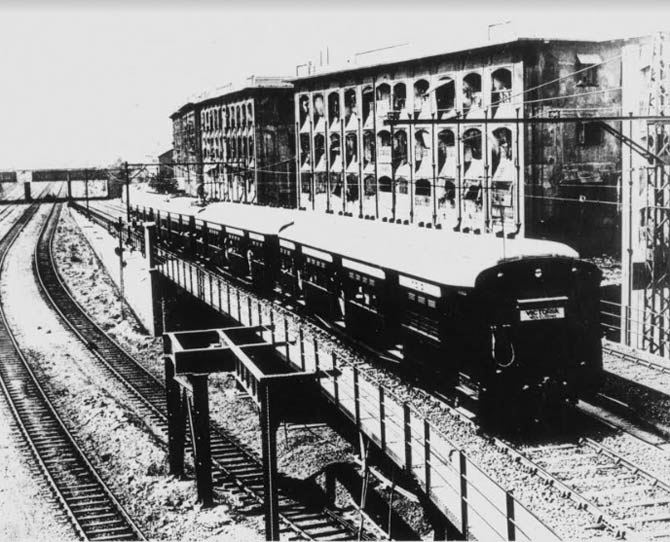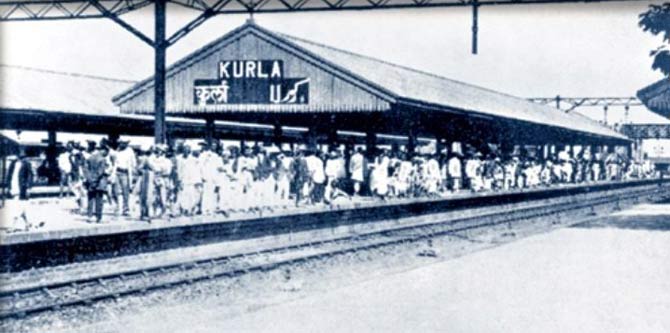Mumbai's harbour line was India's first electric railway and it completes 93 years on Saturday with the Central Railway deciding on Friday that the new Bombardier-class trains would soon be introduced on the harbour line too


A vintage image of an EMU coach
ADVERTISEMENT
Mumbai's harbour line was India's first electric railway and it completes 93 years on Saturday with the Central Railway deciding on Friday that the new Bombardier-class trains would soon be introduced on the harbour line too.
"We are making all efforts to give the best possible services on all sectors and harbour line users will also soon see Bombadier class trains running along the line," General Manager DK Sharma said.
It was on 3.2.1925 the first Electric Multiple Unit service with 4-cars was flagged off by Bombay Governor Sir Leslie Orme Wilson. The first service ran from the then Bombay VT (now Chhatrapati Shivaji Terminus Mumbai) to Coorla (now Kurla) on harbour line.

The first electric train after being flagged off in 1925
The debut journey was a short one, with the train covering the 16-kilometre distance between Victoria Terminus and Kurla, at the remarkable speed of fifty miles per hour. The date is etched in railway history: 3 February 1925, and the first motorman was Jahangir Framji Daruwala.
A railway journal states, " The era of clean transport has just arrived in Bombay. India became the twenty-fourth nation in the world to have an electric railway, and the third one in Asia."

Crowd waiting for the first electric train at Kurla station
The power was to be supplied by the Tatas, while the GIPR built its own in-house power generating plant at Thakurli. All inputs for electrification, except power supply, were imported from various companies in England.
The electric coaches that had arrived a month before the electric lines’ inauguration were then the widest in India (twelve feet in width, and sixty-eight feet in length). Each unit had four coaches, including a motor coach with automatic couplers. The third class coach had as many as ninety-six seats each. They were provided by Cammell Laird in the UK and the 1898-founded German train builder Waggonfabrik Uerdingen AG, now a part of Siemens."
The Kurla-Chembur section ran on steam, even as the line was extended further to Mankhurd on 1 July 1927. It was only post-Independence, in 1952, that the Kurla-Mankhurd section was electrified.
Download the new mid-day Android and iOS apps to get updates on all the latest and trending stories on the go
 Subscribe today by clicking the link and stay updated with the latest news!" Click here!
Subscribe today by clicking the link and stay updated with the latest news!" Click here!






